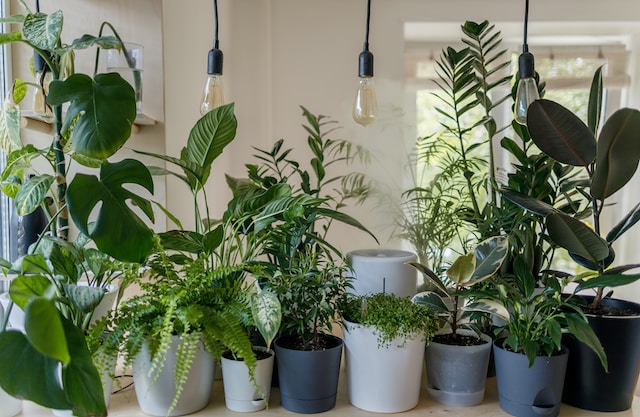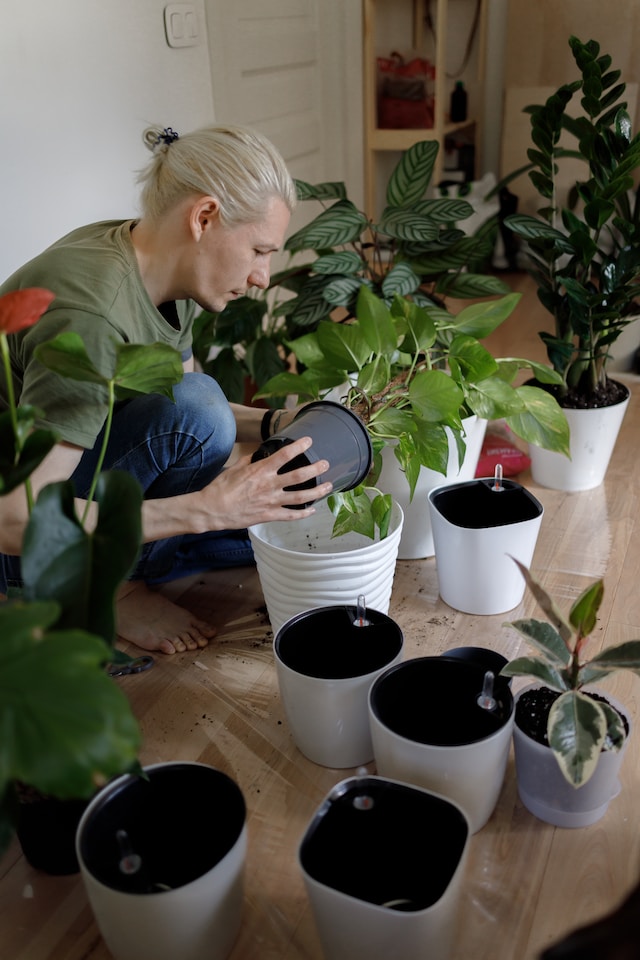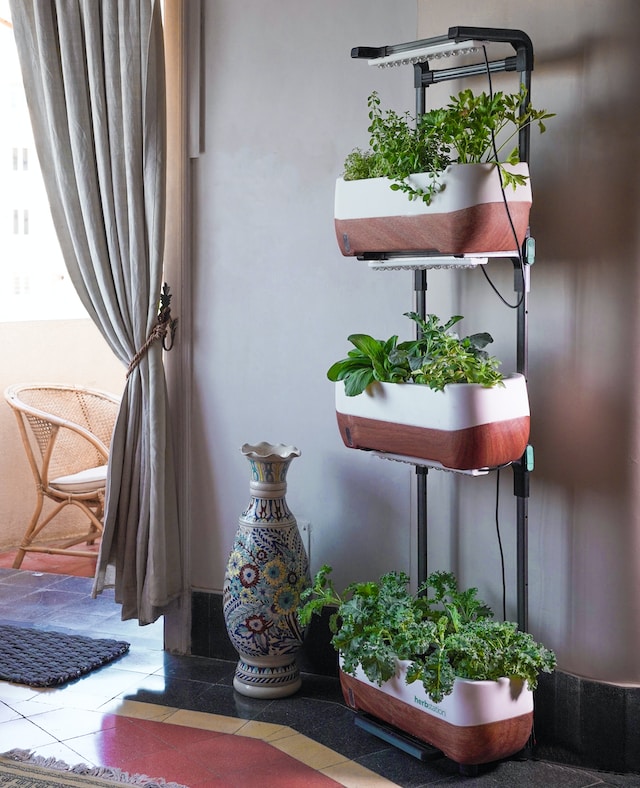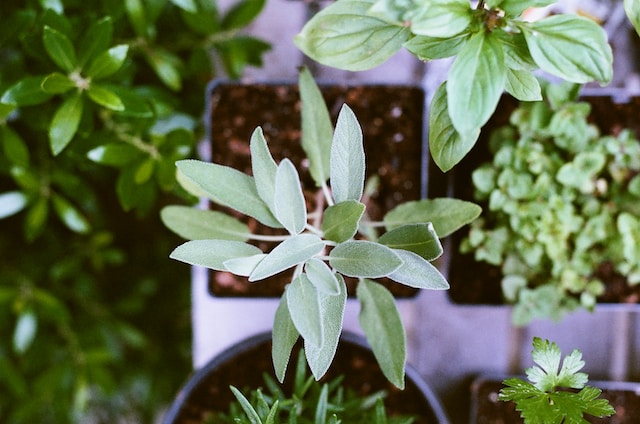
As life in urban areas becomes increasingly fast-paced and detached from nature, the growing popularity and importance of urban gardening cannot be overstated. People are craving a symbiotic relationship with their environment, a sense of rootedness and serenity amidst the chaos of city life. Urban gardening provides an antidote to the high-stress and disconnected urban lifestyle, offering a tranquil outlet where one can escape into the soothing rhythm of nurturing plants.
The importance of urban gardening extends far beyond personal fulfillment. By transforming tiny spaces into thriving gardens, urban dwellers are not only enhancing the aesthetics of their surroundings but also contributing to sustainable city living. These urban gardens act as vital green lungs, absorbing carbon dioxide and releasing oxygen, combating urban heat island effects, and filtering pollutants from the air, making our cities healthier and more livable. From vibrant window boxes brimming with herbs, to vertical gardens towering above city streets, urban gardening empowers individuals and communities to take control of their food choices, reduce reliance on external sources, and promote sustainable, locally sourced nutrition.
Benefits of Urban Gardening
Urban gardening offers a multitude of benefits that go beyond just beautifying the concrete jungle. In this section, we explore the diverse advantages of embracing urban gardening and how it positively impacts the environment, community, and individuals.
- Stress Relief and Mental Health
Engaging in urban gardening provides a respite from the fast-paced urban lifestyle. Tending to plants, whether in a small balcony garden or a lush rooftop oasis, offers a chance to connect with nature, fostering a sense of calm and tranquility. Research suggests that gardening can reduce stress and anxiety, promoting mental well-being.
- Physical Fitness
Urban gardening is not just a leisurely activity—it can be a workout in itself. Digging, planting, weeding, and tending to plants provide a form of low-impact exercise, helping individuals stay physically active and maintain overall health.

- Improved Air Quality
By their very nature, plants absorb carbon dioxide and release oxygen. Urban gardens act as natural air purifiers, combatting pollution and enhancing air quality in densely populated areas.
- Reduced Urban Heat Island Effect
The concrete structures and asphalt roads in cities lead to elevated temperatures, creating what is known as the urban heat island effect. Urban gardens act as natural coolants, reducing the ambient temperature and promoting a more comfortable living environment.
- Food Security
Growing food in urban areas helps address the issue of food security. By cultivating their fruits, vegetables, and herbs, individuals and communities gain a sense of autonomy and resilience, reducing their reliance on external sources. Urban gardens can play a pivotal role in promoting sustainable, locally sourced nutrition.
- Education and Learning
Urban gardening presents opportunities for continuous learning and personal growth. By delving into the world of plants, individuals can develop new skills and deepen their understanding of horticulture, botany, and sustainable gardening practices. Moreover, it offers a chance to reconnect with ancestral knowledge related to agriculture and plant cultivation.
Techniques for Successful City Gardening
Cultivating a successful urban garden requires a combination of creativity, resourcefulness, and adaptability. In this section, we will explore various techniques and strategies that can help urban gardeners make the most of their limited space and challenging environments. Whether you have a small balcony, rooftop, or even just a windowsill, these techniques will help you create a thriving urban oasis.
Vertical Gardening: Maximizing Space
When faced with limited floor space, urban gardeners can turn to vertical gardening to utilize every available inch. Vertical gardening not only maximizes space but also adds a visually captivating element to your urban garden. Here are some tips to make the most of vertical gardening:
- Utilize trellises, wall-mounted planters, or hanging baskets to take advantage of vertical space. These structures allow you to grow plants upward, freeing up valuable floor space.
- Choose climbing or cascading plant varieties, such as tomatoes, cucumbers, or trailing flowers. These plants naturally adapt to vertical growth and can bring a lush and vibrant element to any urban garden.
- Consider using lightweight materials like fabric pockets or modular wall systems for your vertical planting. These options are space-efficient and easy to manage, allowing for flexibility and adaptability within your urban garden.
By implementing vertical gardening techniques, urban gardeners can create a verdant tapestry against the concrete backdrop of their urban environment. Let your plants climb and cascade, transforming a simple wall or trellis into a breathtaking living masterpiece.
Container Gardening: Portable Greenery
When it comes to urban gardening, one of the most versatile and convenient techniques is container gardening. This method allows urban gardeners to have portable greenery, making it an ideal choice for those with limited space or the need for flexibility. Whether you have a small balcony, a rooftop, or even just a windowsill, container gardening offers endless opportunities to create a thriving urban oasis.
With container gardening, the possibilities are as limitless as your imagination. You can plant a variety of vegetables, flowers, and herbs in different-sized containers, creating a vibrant tapestry of colors and scents. This technique not only brings beauty to your urban environment but also provides the satisfaction of growing your own food.
To make the most of container gardening, here are some tips to consider:
- Opt for container gardening to make your urban garden mobile and adaptable. Use pots, troughs, or raised beds that can be easily moved if needed.
- Select containers of various sizes and shapes to accommodate different plant species and their growth requirements. Some plants, like tomatoes, may require deeper pots to allow for proper root development.
- Ensure proper drainage by adding gravel or broken pottery shards to the bottom of the containers. This prevents waterlogging and promotes healthy root development.
- Use a high-quality potting mix specifically formulated for container gardening. This mix should provide adequate nutrients, moisture retention, and drainage.
- Group plants with similar water and sunlight needs together in the same container. This will make it easier to manage watering and ensure proper growth.

With container gardening, you have the freedom to experiment and create your own urban oasis wherever you choose. Whether you have a small patio or a tiny windowsill, container gardening can transform any space into a lush and vibrant sanctuary.
Indoor Gardening: Bringing Nature Inside
In the world of urban gardening, space constraints need not hinder your green thumb. Indoor gardening allows you to transform any room into a thriving oasis of botanical beauty. Whether you have a spacious living area or a cozy studio apartment, indoor gardening offers a creative solution to bring nature inside and infuse your living space with greenery.
Indoor gardening has a multitude of benefits beyond just aesthetic appeal. It improves air quality by absorbing carbon dioxide and releasing oxygen, creating a healthier and more refreshing environment. It also adds a sense of tranquility and serenity to your living space, promoting mental well-being and reducing stress.
To create a successful indoor garden, follow these tips and techniques:
- Assess your space: Look around your home and identify areas that receive ample natural light, such as near windows or skylights. These will be the ideal spots for your indoor garden.
- Choose the right plants: Select plants that thrive in indoor conditions, such as low-light or humidity-loving species. Some popular choices include pothos, snake plants, peace lilies, and spider plants. Consider the size of the plant and its growth habits to ensure it will fit well in your chosen space.
- Provide proper lighting: If your indoor space lacks sufficient natural light, consider investing in artificial grow lights. These specialized lights provide the necessary spectrum of light for plants to thrive, allowing you to create an indoor garden in any room.
- Select appropriate containers: Choose containers with proper drainage to prevent waterlogging. Opt for pots or planters that complement your interior decor, adding a touch of style to your indoor garden.
- Establish a watering routine: Indoor plants typically require less water than their outdoor counterparts. Avoid overwatering by allowing the soil to dry out slightly between watering sessions. Monitor the moisture levels regularly and adjust your watering schedule accordingly.
- Maintain proper humidity: Indoor environments can often be dry, especially during the winter months when central heating is in use. Mist your plants regularly or consider placing them near a humidifier to ensure they receive the moisture they need.
- Prune and fertilize: Regularly prune your indoor plants to promote bushier growth and remove any dead or damaged leaves. Apply a balanced fertilizer according to the plant’s needs to provide essential nutrients for healthy growth.
By embracing the world of indoor gardening, you can create a lush and vibrant sanctuary within the four walls of your home. Let your living space come alive with the beauty and serenity of indoor plants, experiencing the joy and fulfillment that comes from nurturing nature from the comfort of your own home.
Companion Planting: Maximizing Yield and Natural Pest Control

As an urban gardener, maximizing your yield while minimizing the need for chemical pesticides is key. Luckily, companion planting offers a natural solution. By interplanting certain species, you can create a garden that not only thrives but also naturally fends off pests.
To get started with companion planting, consider the following tips:
- Research plant compatibility: Some plants naturally enjoy each other’s company, while others may compete for resources. For example, marigolds are known to deter pests, so planting them near susceptible vegetables can provide added protection.
- Consider height and space: Take into account the growth habits of plants and match them accordingly. For instance, tall plants can provide shade to shorter ones, conserving moisture and sheltering them from strong winds.
- Select plants with complementary pest deterrent properties: Some plants naturally repel certain pests. For example, planting basil near tomatoes can keep aphids at bay. Thyme can help deter cabbage moths, making it a valuable companion for members of the brassica family.
Companion planting not only helps control pests but also enhances soil fertility. Certain plant combinations can work synergistically, with one plant providing nutrients or shading for another. For example, leguminous plants, such as beans or peas, have nitrogen-fixing abilities. Interplanting them with nitrogen-demanding plants like lettuce or broccoli can help provide a natural source of nitrogen, reducing the need for chemical fertilizers.
Season Extension: Enjoying Fresh Produce All Year Round
When it comes to urban gardening, one may assume that the growing season is limited to warm weather months. However, with the ingenious technique of season extension, urban gardeners can defy the boundaries of nature and enjoy fresh produce all year round. By implementing various season extension techniques, you can extend the growing season and continue to harvest fresh, homegrown vegetables, even during colder months.
Here are some tips to help you make the most of season extension in your urban garden:
- Utilize cold frames, hoop houses, or row covers: These protective structures act as mini-greenhouses, trapping heat and shielding plants from frost. Cold frames are boxes with transparent tops that allow sunlight in, while hoop houses are covered in plastic sheets that create a warm microclimate. Row covers are lightweight fabrics that provide insulation and protection. By using these structures, you can create a favorable environment for your plants and extend the growing season.
- Choose cold-hardy vegetables: Some vegetables have a natural tolerance for colder temperatures. Opt for cold-hardy varieties like kale, spinach, or radishes, which can thrive in cooler weather. These vegetables can withstand frost and continue to grow, providing you with fresh produce throughout the year.
- Experiment with microgreens: Microgreens are young, tender greens that are harvested when they are only a few inches tall. They are packed with flavor and nutrients, making them an excellent addition to salads, sandwiches, and other dishes. Growing microgreens is a space-efficient and time-efficient way to enjoy fresh greens all year round. You can sow microgreen seeds in shallow trays or containers and harvest them when they reach the desired height.
By embracing season extension techniques, you can break free from the constraints of traditional gardening seasons and cultivate a diverse range of vegetables throughout the year. Whether it’s the vibrant colors of summer or the hearty greens of winter, your urban garden can be a constant source of fresh, homegrown produce.
Microgreens and Herbs: Small but Flavorful

In the realm of urban gardening, sometimes it’s the small things that bring the most joy. Microgreens and herbs may be modest in size, but they pack a punch when it comes to flavor and versatility. These plants not only add a burst of freshness to your meals but also flourish in limited space, making them the perfect choice for urban gardeners seeking maximum productivity.
Growing microgreens and herbs allows you to enjoy a quick turnaround from seed to harvest, as they reach their peak in just a few weeks. Their compact nature makes them a great option for indoor gardening, whether you have a small tray on your windowsill or a dedicated herb garden on your balcony. The benefits of growing these small yet flavorful plants are abundant and include culinary delight, aesthetic appeal, and even health benefits.
To embark on your microgreen and herb gardening journey, invest in shallow trays or containers that allow for proper drainage. Choose a variety of microgreen seeds, such as radishes, sunflowers, or pea shoots, and sprinkle them densely onto the soil. Keep the soil moist but not waterlogged, and watch as these tender shoots emerge, ready to be harvested when they reach the desired height.
When it comes to herbs, there is a wide array of options to choose from. Basil, mint, and chives are just a few examples of culinary herbs that can thrive in small pots or even a sunny windowsill. Their aromatic leaves not only enhance the flavors of your dishes but also add a touch of natural beauty to your urban garden.
Microgreens and herbs offer bountiful rewards in even the tiniest of urban spaces. They provide a fresh and nutritious addition to your meals, elevate your culinary creations, and bring a touch of green to your surroundings. So, embrace the small but flavorful world of microgreens and herbs and let your urban garden burst with taste and aroma.
The Power of Urban Gardening
Urban gardening is a powerful movement that continues to gain momentum, transforming cities into green oases. Embracing these techniques and incorporating them into our urban environments can help create sustainable, verdant spaces that not only enhance the aesthetic appeal of our cities but also improve the overall well-being of individuals and communities. So, dig your hands into the earth, plant seeds, and transform urban jungles into thriving gardens, nurturing your connection with nature, and bringing beauty, harmony, and sustainability to the concrete landscape you call home.
